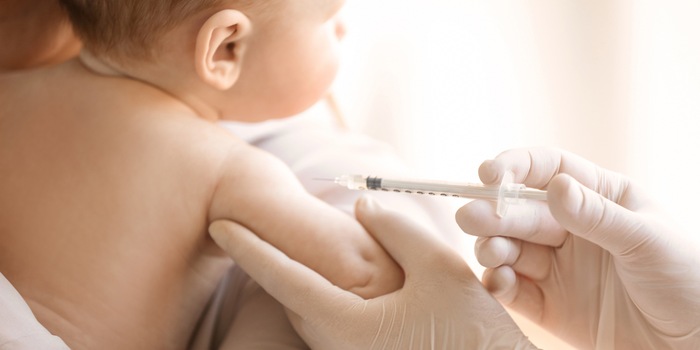
The fight against measles
Measles is highly contagious. A person can contract the virus simply by sneezing or coughing. Switzerland has set itself the goal of eliminating this viral infectious disease.
Cases of measles continue to be recorded worldwide. From January to 16 July 2019, there were 204 cases across Switzerland. In the same period last year, there were just 25 cases. That's eight times fewer than this year.
According to the Swiss situation report published by the Federal Office of Public Health (FOPH), 19% of the 204 reported measles cases were only isolated cases. They occurred in thirteen cantons. More than half of the cases (63%) belong to an outbreak, whereby an outbreak is defined as "at least two epidemiologically linked cases", as stated in the Swiss situation report. The remaining 18 per cent have not yet been classified.
A fifth of the measles cases were under 10 years old, a quarter were between 10 and 19 years old and just over half were over 20 years old. 160 people were able to show a vaccination certificate. Of these, 91 per cent were not or not sufficiently vaccinated, 43 people had to be admitted to hospital - 14 had pneumonia and one person had encephalitis. There have also been two deaths due to measles infection since January. Other possible consequences include middle ear infections or febrile convulsions.
The Situation Report Switzerland and the Figures on infectious diseases show how many outbreaks have occurred in which canton and at what time.
Lack of immunity
So what led to another increase in measles cases in 2019? The lack of immunity to measles. Measles can only be successfully eliminated if 95 per cent of the population is immune to it. 17 per cent of measles cases in Switzerland were imported and another 10 per cent are linked to the imported measles. This means that further measures must be taken to curb these figures.
If you are not sure whether you have been vaccinated against this virus, you can consult your vaccination card or complete the FOPH's free risk check.
Disease pattern
People with measles usually go through two stages of the disease. Firstly, 7 to 18 days after infection, the person suffers from fever, tiredness, abdominal pain, photophobia and inflammation of the mucous membranes in the mouth. Cough, runny nose and sore throat may also occur. The second attack occurs two to four days after these symptoms. The patient has another fever and the symptoms intensify again. The skin rash typical of measles also occurs.
According to the FOPH, the last major measles epidemic in Switzerland occurred between 2007 and 2009, and Switzerland is trying to prevent another epidemic by constantly raising awareness and recommending vaccination. Only those who vaccinate themselves and their children can help to eliminate this viral infectious disease.
Further information on measles and the vaccination recommendation can be found here.
I’m the cook, cleaner, police officer, nurse, entertainer, motivator, author, storyteller, coach, organiser, chauffeur, lawyer and judge. To put it simply, I’m a mum to a daughter and not just a (Content) Manager at the office but also at home.
From the latest iPhone to the return of 80s fashion. The editorial team will help you make sense of it all.
Show all